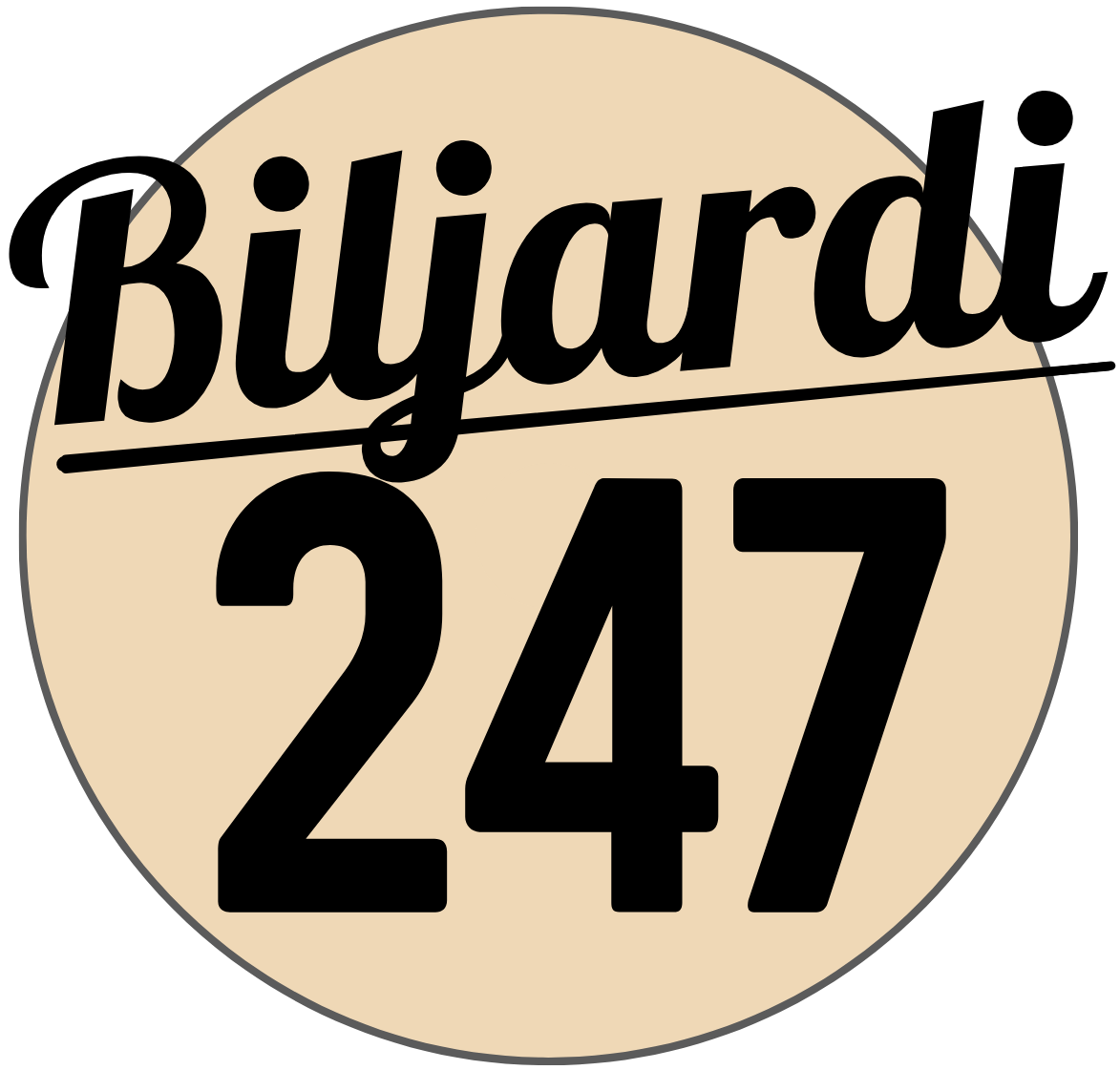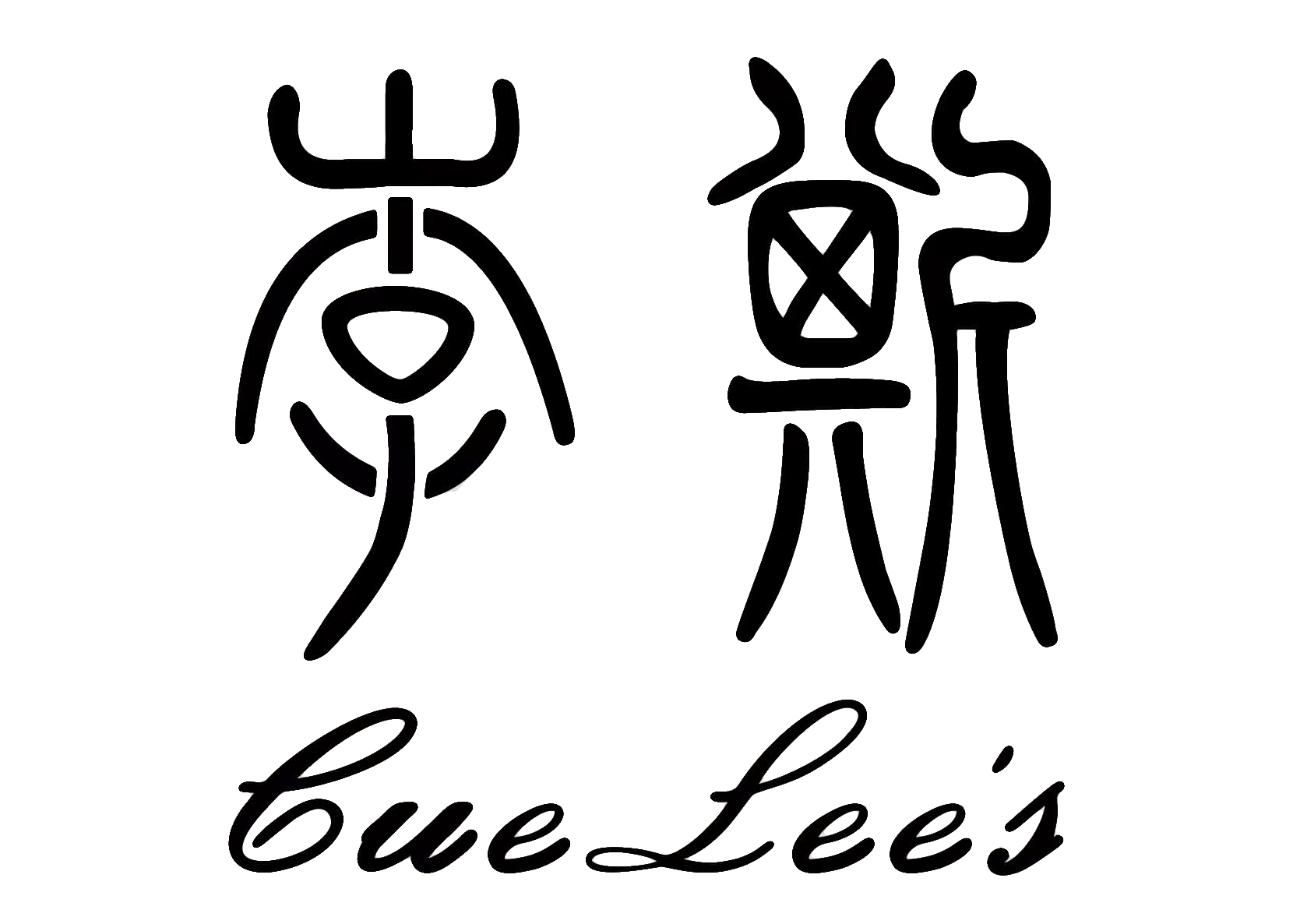Proper maintenance of your billiard cue case is essential for protecting your valuable cues and extending their lifespan. A well-maintained case shields your equipment from damage during transport, prevents warping from environmental factors, and preserves the performance of your cues. This comprehensive guide covers everything from cleaning techniques for different case materials to storage recommendations and when to consider replacement.
Looking for a quality billiard cue case to protect your equipment? Explore Biljardi 247 Shop’s extensive collection of premium cue cases designed for players of all levels.
Why is proper maintenance of your billiard cue case important?
Proper maintenance of your billiard cue case is crucial because it directly protects your investment in quality cues. A well-maintained case creates a protective barrier against impacts, moisture, temperature fluctuations, and other environmental factors that can damage your equipment. Without this protection, expensive cues are vulnerable to warping, scratching, and other forms of damage.
The relationship between case condition and cue longevity is significant. A deteriorating case with worn padding, compromised closures, or damaged exteriors can no longer provide adequate protection. This exposes your cues to potential damage during transport or storage. For players who invest hundreds or even thousands in quality cues, regular case maintenance represents a small effort that preserves a much larger investment.
Additionally, a well-maintained case ensures consistent cue performance. When cues are properly protected, they maintain their straightness, balance, and other playing characteristics. This consistency is particularly important for serious players who rely on predictable equipment performance during practice and competition.
What are the common types of billiard cue cases and their maintenance needs?
There are three primary types of billiard cue cases, each with specific maintenance requirements. Leather cases offer premium protection and aesthetic appeal but require the most maintenance. They need regular conditioning with leather-specific products to prevent drying, cracking, and maintain suppleness. Typically, leather cases should be conditioned every 3-6 months depending on usage and climate conditions.
Vinyl cases provide good protection at a more affordable price point. They require less maintenance than leather but need regular cleaning with mild soap and water to prevent dirt buildup. Vinyl can crack if exposed to extreme temperatures or sunlight for extended periods, so proper storage is essential. A quick wipe-down every few weeks is usually sufficient for vinyl cases.
Hard cases (typically made from aluminum, plastic, or composite materials) offer the most rugged protection and require minimal maintenance. These cases mainly need occasional exterior cleaning and checking of hinges, locks, and other hardware to ensure proper function. While they provide superior protection, hard cases can be heavier and less aesthetically pleasing than soft cases.
How should you clean and care for the exterior of a billiard cue case?
The cleaning method for your billiard cue case depends primarily on its material. For leather cases, start by gently removing surface dust with a soft cloth. Then apply a small amount of leather cleaner using circular motions, followed by a leather conditioner to maintain suppleness. Avoid using excessive water or harsh chemicals that can damage the leather.
For vinyl cases, create a solution of mild soap and warm water. Wipe the exterior with a soft cloth dampened (not soaked) in this solution, then dry thoroughly with a clean cloth. For stubborn stains, a vinyl-specific cleaner can be used, but avoid harsh solvents that can cause cracking or discoloration.
Hard cases can be cleaned with a damp cloth and mild detergent. For aluminum cases, occasional use of a metal polish can maintain appearance. Always ensure hardware components like zippers, clasps, and handles receive attention during cleaning, as these are often the first points of failure. Apply a small amount of lubricant to zippers and hinges every few months to ensure smooth operation.
Check out Biljardi 247 Shop’s selection of high-quality cue cases that are designed for easy maintenance and long-lasting protection.
What’s the best way to maintain the interior of your cue case?
The interior of your billiard cue case requires regular attention to prevent damage to your cues. Start by removing all contents and gently vacuuming the interior using a soft brush attachment to remove dust and debris. For fabric linings, spot clean stains with a mild fabric cleaner, being careful not to oversaturate the material which could lead to mold or mildew.
Moisture control is essential for interior maintenance. If your case interior feels damp, allow it to air dry completely before returning your cues. In humid environments, consider using small silica gel packets inside your case to absorb excess moisture. Replace these periodically as they become saturated.
For cases with removable dividers or pockets, take these out occasionally to clean underneath and ensure no debris is trapped. Check for any signs of wear on padding that directly contacts your cues, as worn padding can lead to inadequate protection. Interior components like foam inserts may compress over time and might need replacement if they no longer hold cues securely.
To prevent odors, avoid storing cues with chalk residue, and consider using a fabric freshener specifically designed for sporting equipment. Never use strong-smelling chemicals that might transfer to your cues.
How can you properly store your billiard cue case when not in use?
Proper storage of your billiard cue case when not in use is crucial for maintaining its condition. Store your case in a climate-controlled environment away from direct sunlight, extreme temperatures, and high humidity. Ideal storage conditions include temperatures between 65-75°F (18-24°C) and humidity levels between 40-60%.
Position your case horizontally rather than vertically when storing for extended periods. This prevents uneven pressure on the case structure and helps maintain its shape. If storing vertically is unavoidable, rotate the case periodically to distribute pressure evenly.
Never store heavy objects on top of soft cases, as this can compress padding and damage the case structure. For hard cases, check that all latches are secured to prevent warping of the case frame. Before extended storage, ensure the case interior is completely dry and consider leaving it slightly open for air circulation if storing in a secure location.
If storing your case for several months or longer, periodically open it to check for signs of mold, mildew, or pest intrusion. This is particularly important in areas with seasonal humidity changes.
When should you consider replacing your billiard cue case?
You should consider replacing your billiard cue case when it shows signs of significant wear that compromise its protective function. Key indicators include torn or heavily worn exterior material, broken zippers or latches that no longer secure properly, and compressed or damaged interior padding that no longer holds cues firmly in place.
Evaluate whether repair is feasible before replacement. Minor issues like small tears in vinyl, loose stitching, or problematic zippers can often be repaired by leather goods specialists or luggage repair shops. However, if the case structure itself is compromised or interior damage is extensive, replacement is usually more cost-effective than repairs.
The ultimate test is whether your case still adequately protects your equipment. If your cues show signs of damage despite being stored in the case, such as new scratches or dents appearing after transport, this indicates the case is no longer providing sufficient protection. At this point, investing in a new case becomes necessary to safeguard your valuable cues.
Ready to upgrade your billiard cue case? Visit Biljardi 247 Shop today to find the perfect case that combines durability, protection, and style for your valuable billiard equipment.









